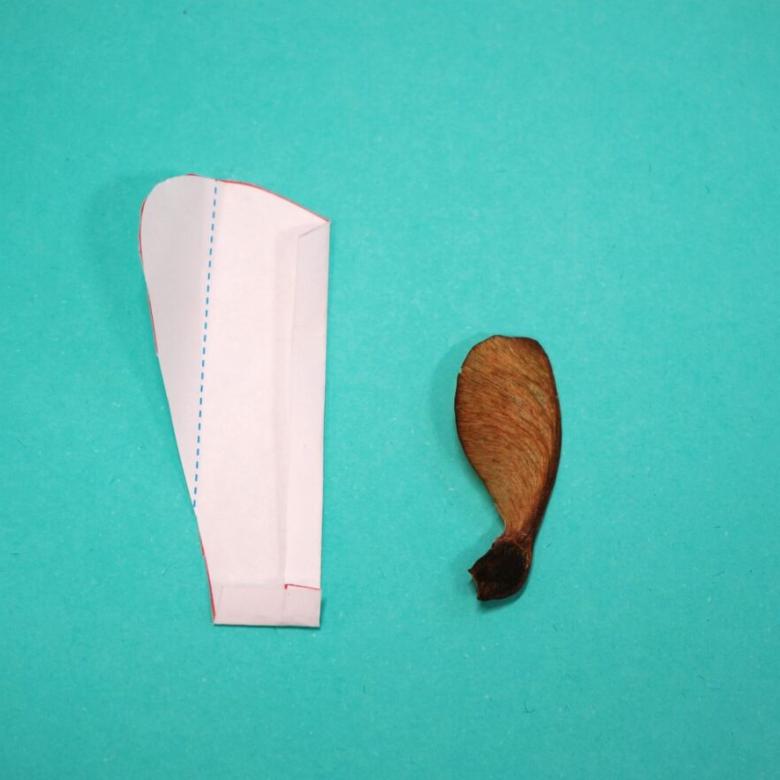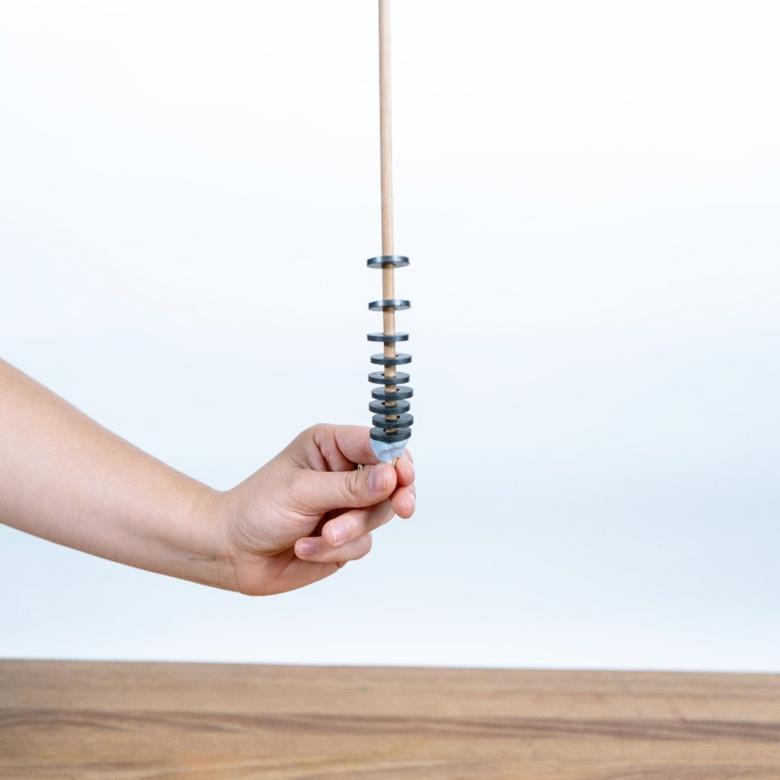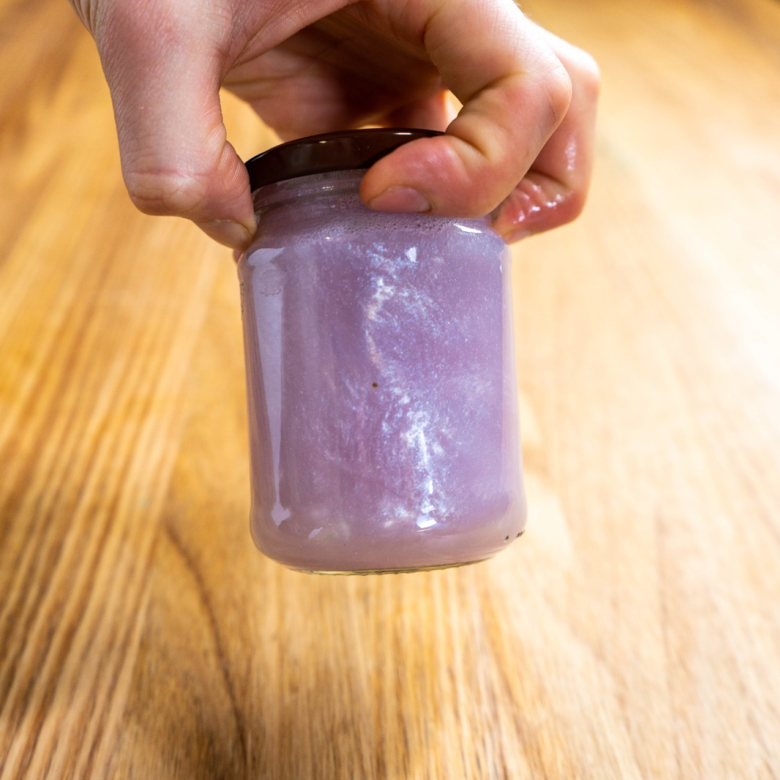You’ll need
- A small plastic cup
- Scissors with pointed ends
- A latex glove
- A rubber band
- A drinking straw
- Plasticine
What to do
- Gather your materials on a flat surface.
- Halfway up the side of the cup, use the scissors to poke a small hole about 2 mm across. You will probably need an adult to poke the hole for you.
- Make another hole in the base of the cup, just big enough for the straw to slide through.
- Stretch the palm of the latex glove over the mouth of the cup. Hold the glove in place by stretching the rubber band around it and the rim of the cup.
- Slide the straw through the base of the cup until it pushes against the latex glove.
- Use plasticine to make a seal around the straw where it passes through the base of the cup.
- Play your handmade honker by blowing through the hole in the side of the cup.
Questions to ask
Can you change the sound you make?
Try making the hole on the side of the cup larger. Or try partially covering the straw, to let a little less air out.
What's happening
All sounds are made by vibrations. A vibration is simply something moving backwards and forwards quickly. In your honker, the sound comes from the latex glove moving backwards and forwards really fast.
The latex vibrates and makes a sound because of pressure changes inside the cup. As you blow into the hole on the side, the pressure inside the cup builds up. This pressure causes the latex to stretch a little, like when you blow up a balloon. As the latex stretches outwards, it uncovers the hole at the end of the straw. This allows some of the air inside the cup to rush down the straw and out into the open air. When this happens, the pressure inside the cup drops until the latex relaxes enough to cover the hole again. If you keep blowing, you can build up the pressure again, and the cycle repeats itself. This makes the latex move backwards and forwards very quickly, producing the vibrations that make the sound that you hear.
Did you know
Human ears cannot hear all sounds. For a human to hear something, the object producing the sound needs to vibrate between 20 and 20,000 times every second. Elephants have something called infrasonic hearing, which means they can hear very low pitch sounds. Some elephants can hear sounds from objects that are vibrating between 1 and 4 times a second. This means that, if you waved your hands quickly at an elephant to say hello, it could hear you waving! On the other hand, dogs have ultrasonic hearing, which means they can hear very high pitch sounds. Some dogs can hear sounds made by objects vibrating more than 50,000 times a second!






